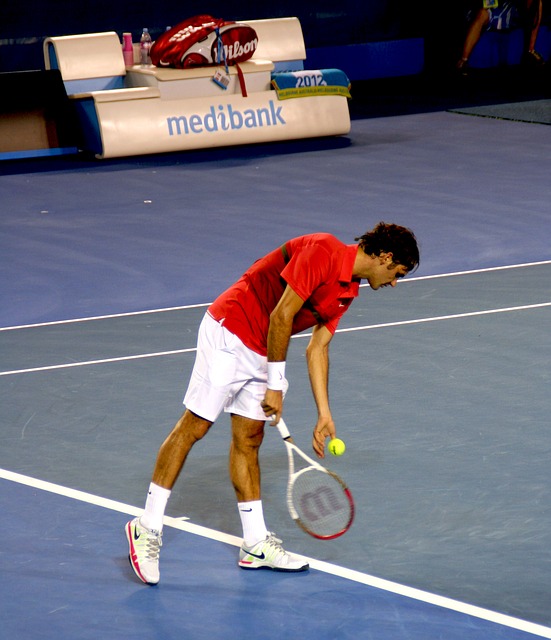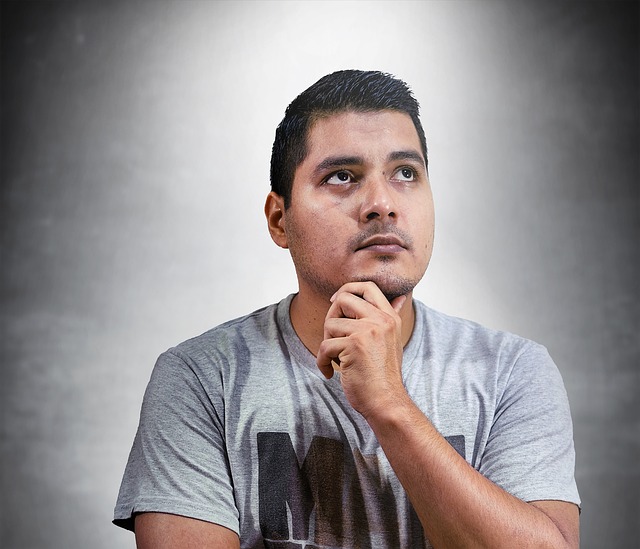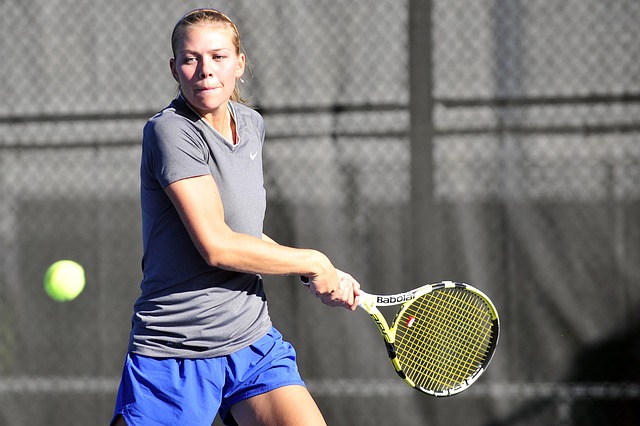The brain is amazing when you think about how much information it processes and how that influences our emotional and bodily response. We have deeply embedded neural pathways that serve as short-cuts for determining an appropriate response. However, our self-stories shaped by early childhood experiences can distort our perception and lead to inappropriate responses to situations that serve as triggers.
I am always amazed at the functioning of the brain when I play tennis. When you think about it, the brain is taking in so many variables when a person serves or hits to you (all absorbed at an exceptional speed):
- wind speed and direction
- level of lighting
- ambient sounds
- sound of the ball on the racquet of the server
- speed of the ball
- nature of the spin on the ball (e.g. top-spin, slice, backspin)
- relational information (where you are in the court and where your opponents are positioned)
- attention level and readiness of your opponents
- elevation of the ball (impacting the landing and bounce)
- expected landing point of the ball
- the nature and height of the bounce of the ball.
When you are receiving the tennis ball and returning your shot, your brain is determining how to respond to the information absorbed when the ball is hit by your opponent. Again, your self-stories come into play here. The inner game of tennis is critical as your self-belief impacts the choices you make re shot selection.
When you think about it, you must make an instant decision about how you are going to respond to the serve/shot by your opponent:
- the nature of your shot (e.g. forehand or backhand)
- direction of your shot
- speed and spin of your shot
- positioning of your body for your returning shot.
How is it that your body responds unconsciously in some situations and does the perfect shot? For example, when the ball is hit deep to your backhand side and your opponents are at the net, you automatically do a backhand, half-volley lob into the open court. Some key influences here are your level of tennis competence (e.g. unconsciously competent as in the example situation) and memory embedded in your body. Body memory is itself a complex process involving different elements such as proprioception (e.g. the capacity to know where a part of the body is such as the hand when you cannot see it).
Body memory is reinforced when you go to sit in the driver’s seat of your car and land with a thud (after your 6 feet 3 inches son has lowered the seat to suit his driving position). Another example is when you are trying to put the forks away after dishwashing and someone has changed the positioning of the forks in the cutlery drawer (the other forks are not where you unconsciously attempt to place the clean ones). The role of body memory in relation to trauma is well researched and documented which is why somatic meditation often plays a key role in recovery from trauma.
Reflection
The brain is a source of wonder and yet we take it for granted so much of the time. As we grow in mindfulness and awareness through meditation, mindfulness practices and reflection, we can better appreciate the complexity and ingenuity of our brain, its role in our daily living and sporting activities and express gratitude for the wonder of it. We are also better able to manage mistakes we make when playing tennis or undertaking other activities requiring complex information processing.
__________________________________________
Image by John Hain from Pixabay
By Ron Passfield – Copyright (Creative Commons license, Attribution–Non Commercial–No Derivatives)
Disclosure: If you purchase a product through this site, I may earn a commission which will help to pay for the site, the associated Meetup group and the resources to support the blog.









